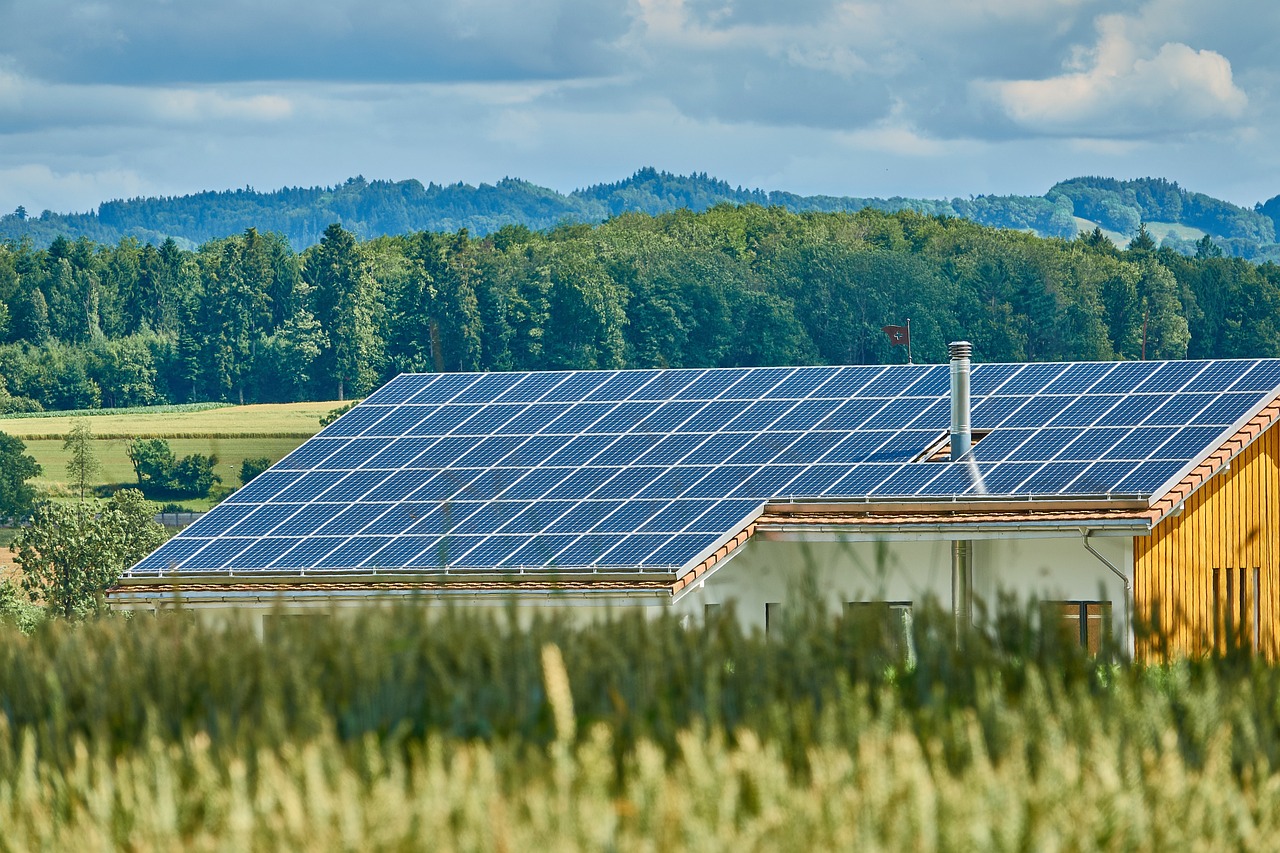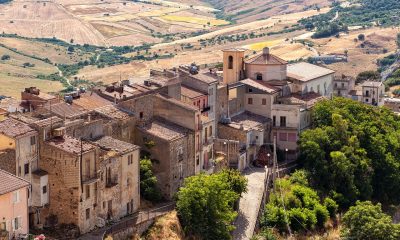Featured
Green Houses by 2030: What Will Happen to the Housing Market in Italy?
For the time being, buildings listed as cultural heritage, those within historic centers or that might suffer a decrease in architectural value, second homes, and houses of worship would be excluded from the legislation. The possible penalties for those who do not comply with the regulations will be at the discretion of the governments of individual countries

Green houses might soon become a reality in Italy, and not only. After the approval of the new European provision for energy efficiency in real estate, what happens? According to a survey conducted by MutuiOnline.co.uk, despite a 25 percent increase in costs due to soaring rates, the number of green mortgages in 2022 grew by 324 percent.
But after the European Parliament’s Industry, Research and Energy Committee gave the green light to the new provision, pending the plenary session scheduled for this March, what direction could the real estate sector take? We have made an analysis of the possible scenarios that could arise.
Read more on the subject and find the latest business news of the day with our companion app born2Invest.
What will change?
The European directive that has already been discussed and approved by a committee in the European Parliament could have a major impact on the real estate market in the coming years. Specifically, the “green homes” legislation stipulates that by January 1st, 2030, all residential properties must achieve energy class E, and by 2033 class D, to achieve zero emissions in 2050. The standard aims to reduce greenhouse gas emissions from the real estate sector, which, according to the European Environment Agency, caused 35 percent of emissions in Europe in 2020 between fossil fuels, electricity, and heating.
Currently, in Italy, there are 9.8 million buildings – 78 percent of the total – in energy class E; about 27 million residential homes (according to data from the MutuiOnline.it Observatory). Estimating an expenditure per family – per dwelling – of €20,000, the total cost of this maneuver would be €540 billion (equivalent to about 20 financial), and by 2033 7,400 homes per day would need to be renovated.
For the time being, buildings listed as cultural heritage, those within historic centers or that might suffer a decrease in architectural value, second homes, and houses of worship would be excluded from the legislation. The possible penalties for those who do not comply with the regulations will be at the discretion of the governments of individual countries, but there is no doubt that there will be a significant loss in the value of properties that do not fall into these energy classes.
“With this in mind, there are so-called ‘green mortgages,’ which allow for a 10 basis point savings on the rate, as long as the purpose is to purchase or upgrade energy-efficient properties,” said Alessio Santarelli, general manager of the MutuiOnline Group’s Broking Division and ad of MutuiOnline s.p.a. -Although applications for this type of mortgage have grown a lot in recent months, it is not always possible for banks to distinguish the reason for financing, in addition to not guaranteeing the certainty of the energy jump at the end of the work, and this is certainly an obstacle to overcome.” What, then, might the future real estate landscape look like?
What are green houses?
“First of all, it remains to be understood how the legislation will be grounded,” explains Nicoletta Papucci, marketing director of MutuiOnline.it, “The distribution of the real estate in Italy is more or less similar to that in Europe not considering Northern Europe. Therefore, it is expected that the regulations will take into account these characteristics without having to force action on residential properties because the timelines would be too tight.”
The legislation will, therefore, have an impact on all those properties that are not excluded, but will all those single-home and property owners actually be given the opportunity to be able to make the necessary changes within the set timeframe?
“The real risk that could be incurred is that of creating a very strong inequality between those who will have the opportunity to renovate properties and put them up for rent and those who will not be able to do so,” the director continued.
“If the legislation, therefore, is grounded as it is now, it might be interesting to calculate the cost of this intervention for a rental property. Take, for example, an apartment in Milan at €1,500 per month; €18,000 per year. Against the costs that would be incurred under these conditions, rent costs would increase by about 5 percent; €900 more per year. One must, moreover, keep well in mind the difference between city and city. Florence, for example, turns out to be among those on which the legislation could be most impactful because it is a city of art, where the rental housing market is short-term and the buildings were largely constructed before the 1960s. Ditto for certain areas and tourist centers.”
__
(Featured image by Royburi via Pixabay)
DISCLAIMER: This article was written by a third party contributor and does not reflect the opinion of Born2Invest, its management, staff or its associates. Please review our disclaimer for more information.
This article may include forward-looking statements. These forward-looking statements generally are identified by the words “believe,” “project,” “estimate,” “become,” “plan,” “will,” and similar expressions. These forward-looking statements involve known and unknown risks as well as uncertainties, including those discussed in the following cautionary statements and elsewhere in this article and on this site. Although the Company may believe that its expectations are based on reasonable assumptions, the actual results that the Company may achieve may differ materially from any forward-looking statements, which reflect the opinions of the management of the Company only as of the date hereof. Additionally, please make sure to read these important disclosures.
First published in StartupItalia, a third-party contributor translated and adapted the article from the original. In case of discrepancy, the original will prevail.
Although we made reasonable efforts to provide accurate translations, some parts may be incorrect. Born2Invest assumes no responsibility for errors, omissions or ambiguities in the translations provided on this website. Any person or entity relying on translated content does so at their own risk. Born2Invest is not responsible for losses caused by such reliance on the accuracy or reliability of translated information. If you wish to report an error or inaccuracy in the translation, we encourage you to contact us.

-

 Africa9 hours ago
Africa9 hours agoCasablanca Stock Exchange 2025: A Pivotal Year Toward Financial Maturity
-

 Biotech2 weeks ago
Biotech2 weeks agoCAR-T Therapies: From Breakthrough Cancer Treatment to Faster, Safer, and More Accessible Immunotherapy
-

 Fintech6 days ago
Fintech6 days agoPakistan’s Digital Finance Paradox: Growth, Fraud, and the Fight for Trust
-

 Impact Investing8 hours ago
Impact Investing8 hours agoBattery Energy Storage Systems: Shaping the Future of Clean Energy























